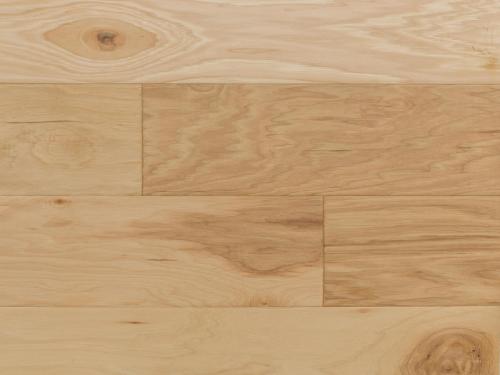Find the best flooring for your home

One of the more expensive home renovation jobs you'll tackle is installing a new floor. So, where do you begin with so many options—hardwood, laminate, engineered wood, vinyl, and tile?
Your budget will almost certainly play a role in your decision. And, especially if you're updating with the intention of selling, style matters. Wide planks and herringbone patterns, dark brown tones, and grey-brown blends are famous for wood, engineered wood and wood-look laminate flooring. Porcelain tile with a design that fits together is trendy, especially in compact places like bathrooms.
Types of Flooring –
Engineered Wood Flooring
Pros:
When opposed to solid wood flooring, engineered wood can endure higher levels of humidity and is less prone to expand because it is made up of thin layers of wood bonded together with adhesives. This flooring is cost-effective since it uses natural wood or bamboo to thin veneer over structural plywood. Engineered wood that is appropriately placed and of excellent quality can last as long as natural wood.
Cons:
The majority of engineered wood does not last as long as solid or laminated wood. Despite variances in wood species, it also dings easily. Some engineered wood flooring can be refinished as many times as solid hardwood flooring, depending on the thickness of the veneer. Most, however, can only be refinished once or twice, and some cannot be refinished at all. Before buying engineered wood flooring, check with the manufacturer or store to see if you'll need to refinish it.
Laminate Flooring
Pros:
Costco Laminate flooring is a great option. Laminate can imitate practically anything because it is made of solid fiberboard with a photo underneath a transparent plastic protecting layer.
Some manufacturers suggest that using a cork backing underneath can help suppress sound. But unfortunately, most wood materials are more susceptible to scratches and discolouration from sunlight than the best laminates. So it can be pretty tricky.
Cons:
Because the repeating pattern can detract from realism (read: make it look phony), mix boards from different boxes during installation, you might be able to patch up minor defects, but because it can't be sanded like wood, you'll have to replace the flooring after the top layer has worn through.
Vinyl Flooring
Pros:
It's especially effective at resisting wear, dents, scratches, UV discolouration, and stains. Installation is simple, especially with tiles or planks, and there are more colour and pattern options these days. It's also waterproof, making it an excellent choice for wet rooms like kitchens and bathrooms.
Cons:
Even the most excellent products, which can simulate the appearance of stone, tile, and even oak, look like vinyl up close. Luxury vinyl tile of the highest quality can cost as much as or more than the most excellent solid wood and laminate floors.
Conclusion
Post Your Ad Here
Comments